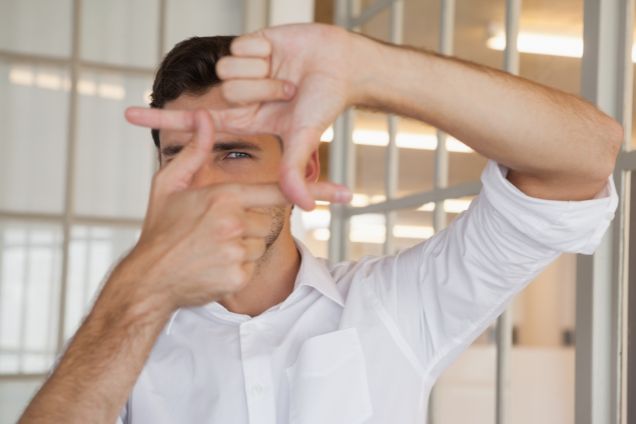Eye Movement & Focus Drill: Train Your Eyes, Sharpen Your Focus
Why This Matters
Your eyes and visual system play a far bigger role in movement, balance, coordination, and mental focus than most people realize. The brain uses visual input as a primary way of understanding the world, monitoring body position, and guiding accurate movement.
When your eye-movement control (tracking, fixation, shifting) is less than optimal, you may experience:
– Difficulty focusing on a target (for example reading or following a moving object)
– Slower reaction times
– Impaired balance or coordination
– Fatigue, headaches, or blurred vision with sustained tasks
Performing drills that challenge and refine eye movement and visual focus can help improve these areas.
Let’s explore what an Eye Movement & Focus Drill looks like — and how you can integrate it safely.
What the Drill Trains
The drill focuses on two key elements:
– Gaze Stabilization & Fixation: The ability to hold your eyes steady on a target while other movement occurs or while minor disturbances happen.
– Gaze Shifting / Tracking: Moving your eyes efficiently from one target to another or following a moving object smoothly.
These functions support your visual-motor system (eyes + brain + body) and therefore improve your ability to process visual information, coordinate movement, and focus your attention.
The Drill: Step-by-Step
Equipment: A small target (a pen, sticker, or small object you can hold stable) and space to sit or stand.
Position: Begin seated or standing with good posture (feet shoulder-width apart if standing).
Duration: 1–2 minutes per exercise, 1–2 sets, 3-5 times a week.
Caution: If you have known eye/vision disorders, dizziness, vestibular problems, or severe headaches with eye movement, consult a clinician before performing.
Phase A – Fixation / Gaze Stabilization
Hold the target at arm’s length directly in front of you at eye level.
Focus your gaze on the target, keeping your head still. Try to hold the target clearly in focus for 30–60 seconds.
Observe for any loss of clarity, blinking, or strain.
Once comfortable, vary by looking up, down, left, and right (without moving your head, just the eyes) while keeping the target stationary.
Repeat for each orientation (3× each) and gradually reduce target distance if you wish a stronger challenge.
Phase B – Gaze Shifting / Tracking
With the target again at arm’s length, keep your head mostly still and move the target slowly from center to one of eight directions (up, down, left, right, and diagonals).
Follow the target smoothly with your eyes. Move from centre → direction → back to centre. Repeat for all directions (3× each).
As you get more comfortable, increase speed slowly (but do not lose clarity).
For advanced progression, move the target in circular paths or in a “zig-zag” between multiple fixed targets spaced vertically or horizontally.
Benefits You Can Expect
– Improved ability to fixate on a stable object even when your head or environment moves (helps reading, screen work, driving).
– Better tracking/eye-shift control when objects move or when you need to switch focus quickly (sports, work, everyday tasks).
– Enhanced visual-motor coordination, which may improve balance, reaction time, and body awareness.
– Reduced eye strain and fatigue during prolonged visual tasks (e.g., screen time, driving).
– Potential indirect benefits for cognitive focus and attention, since your eyes and brain work together more efficiently.


